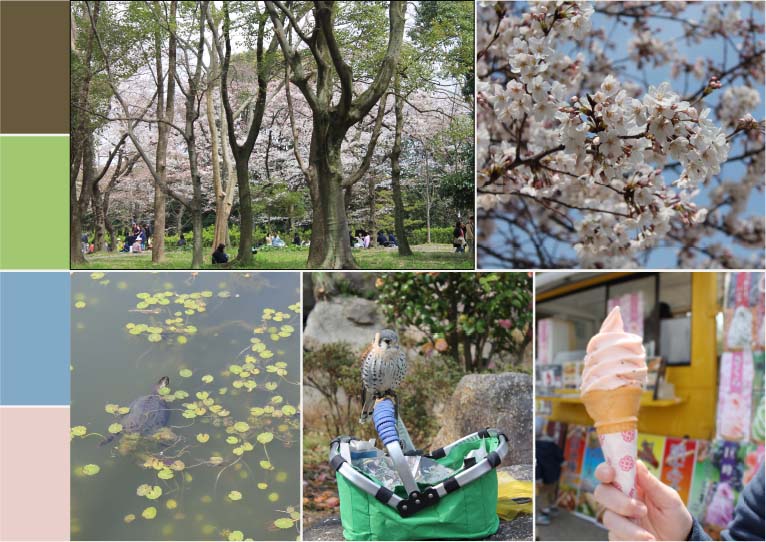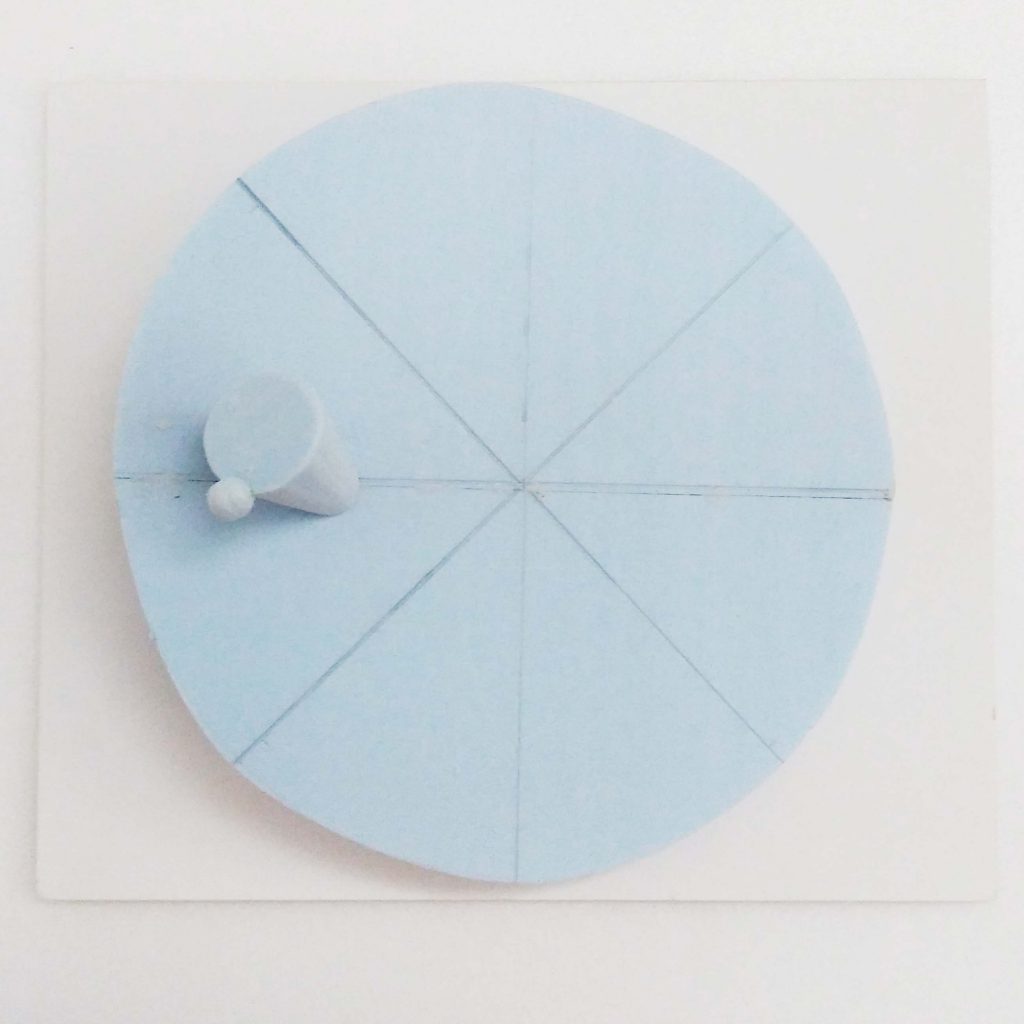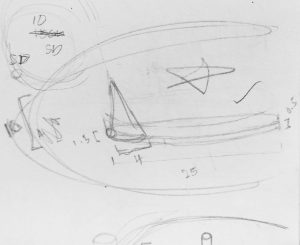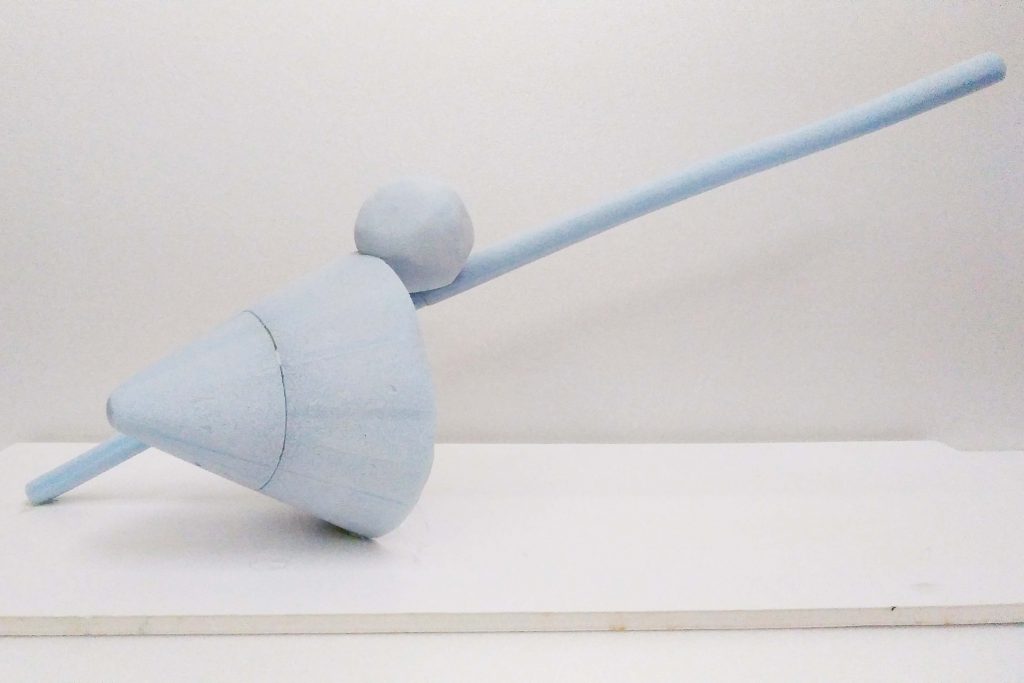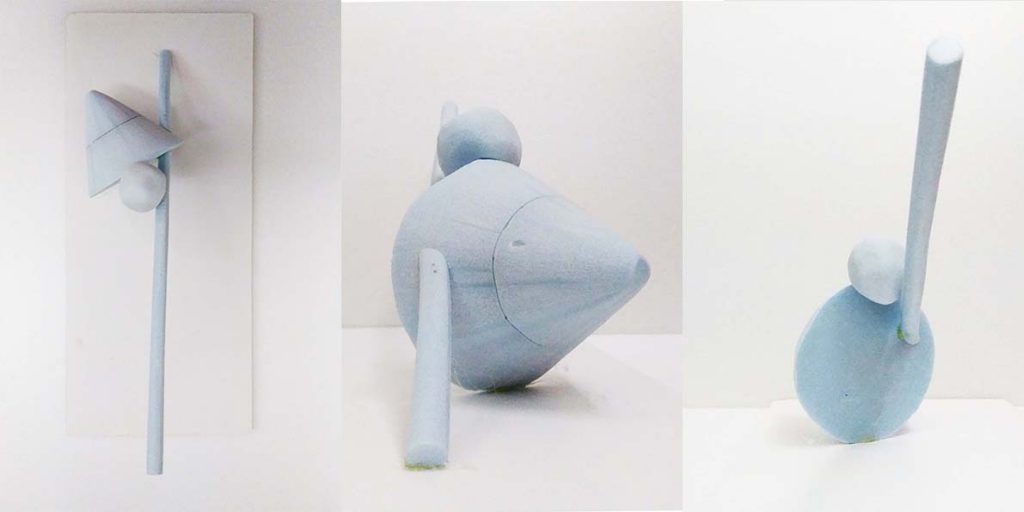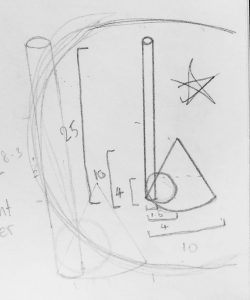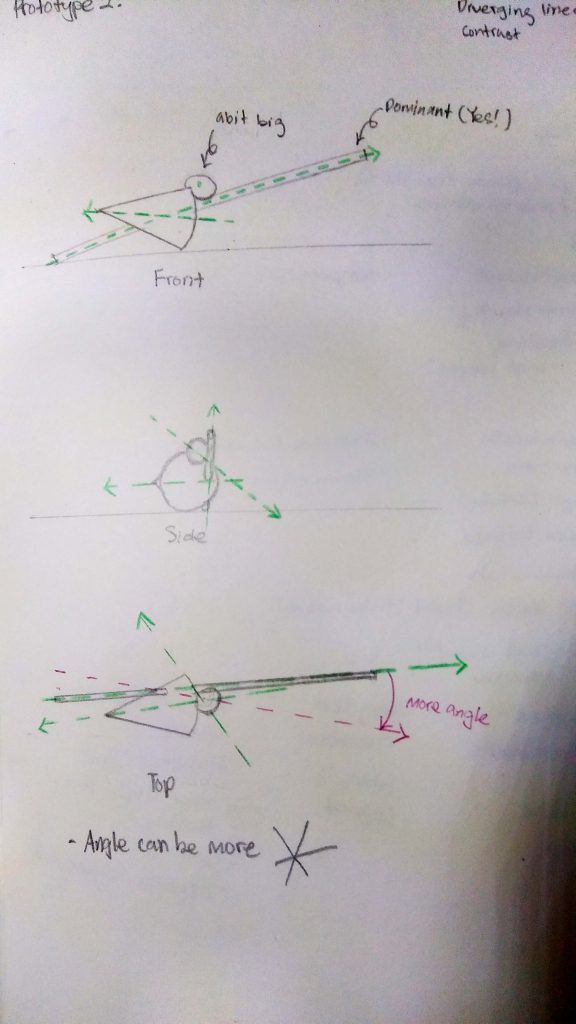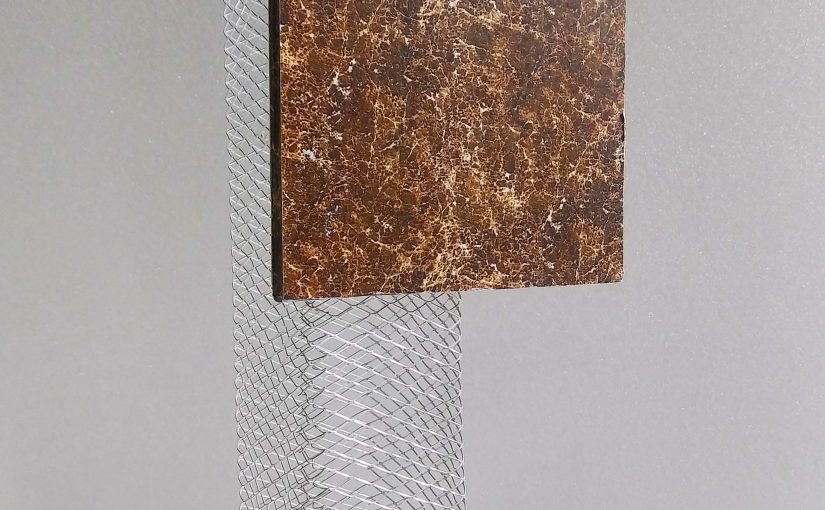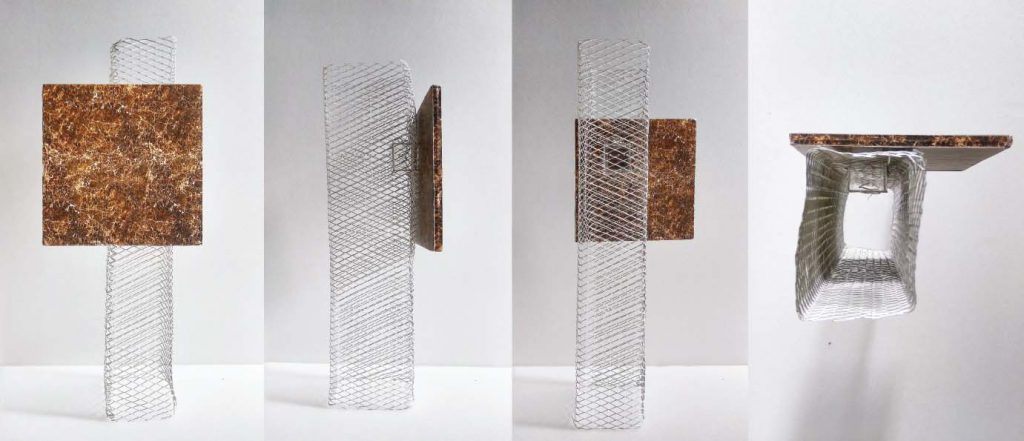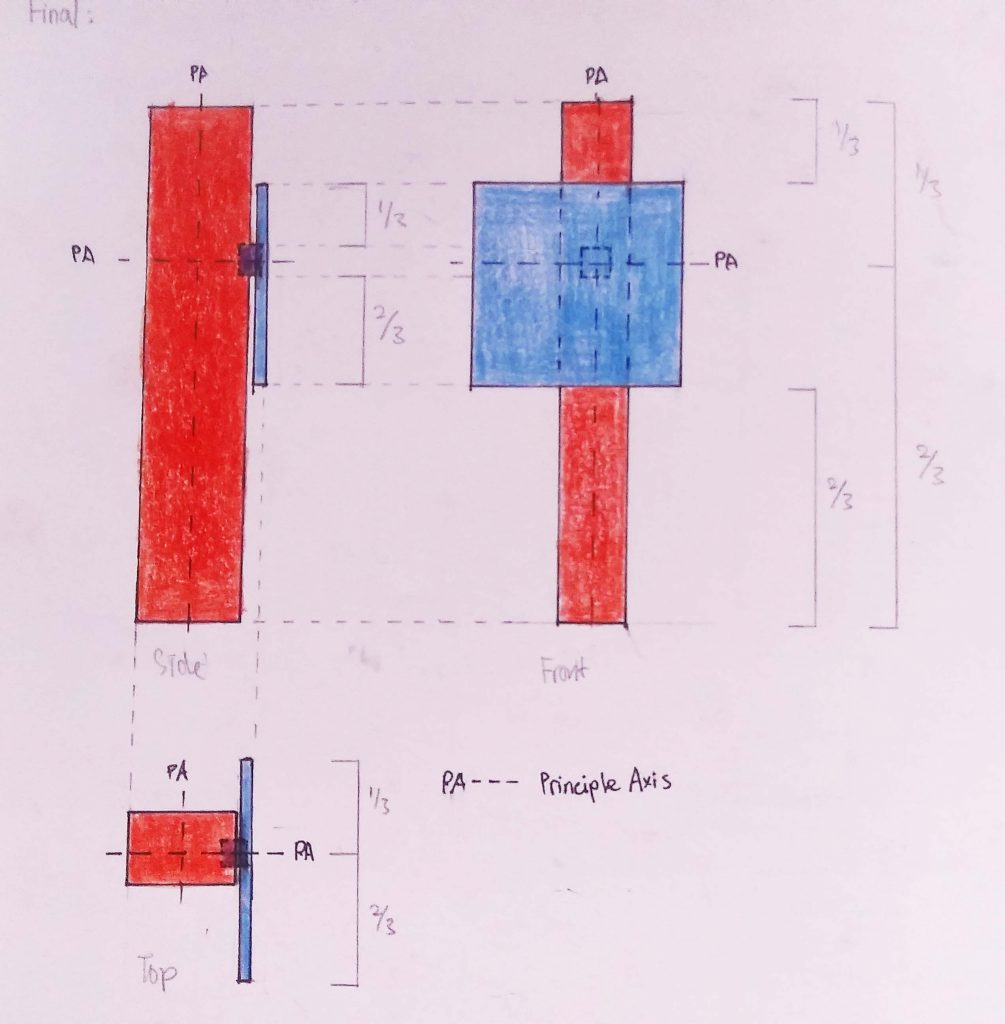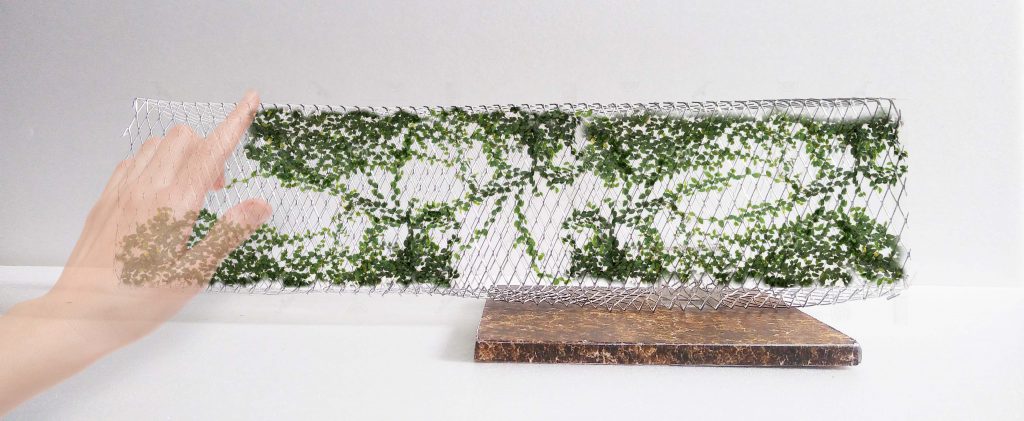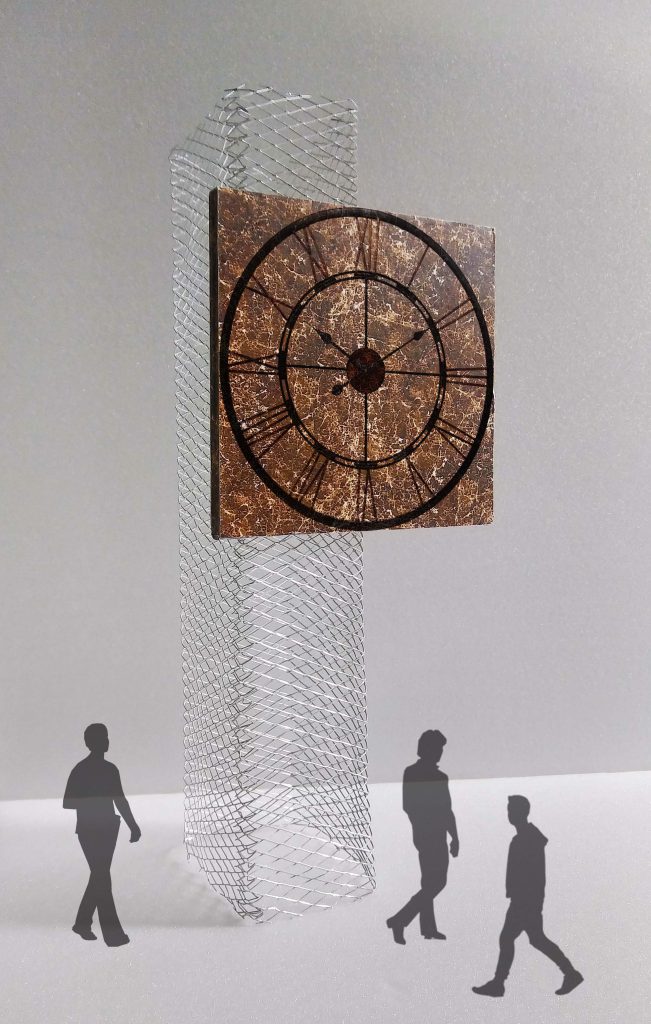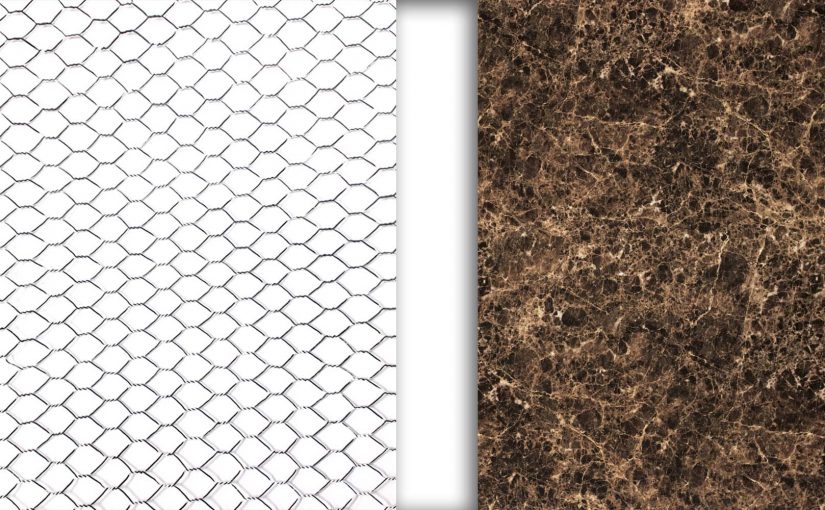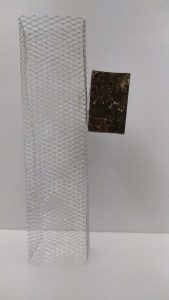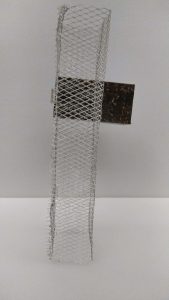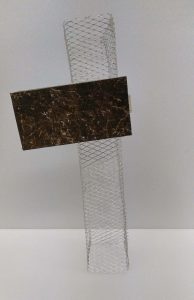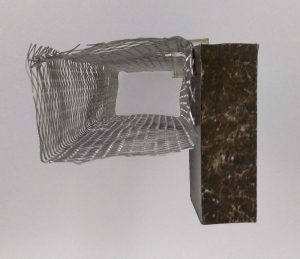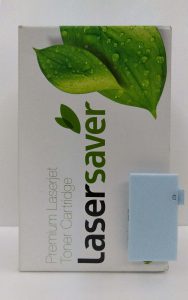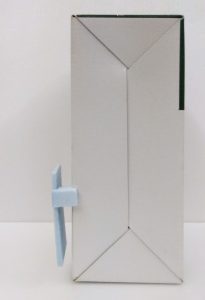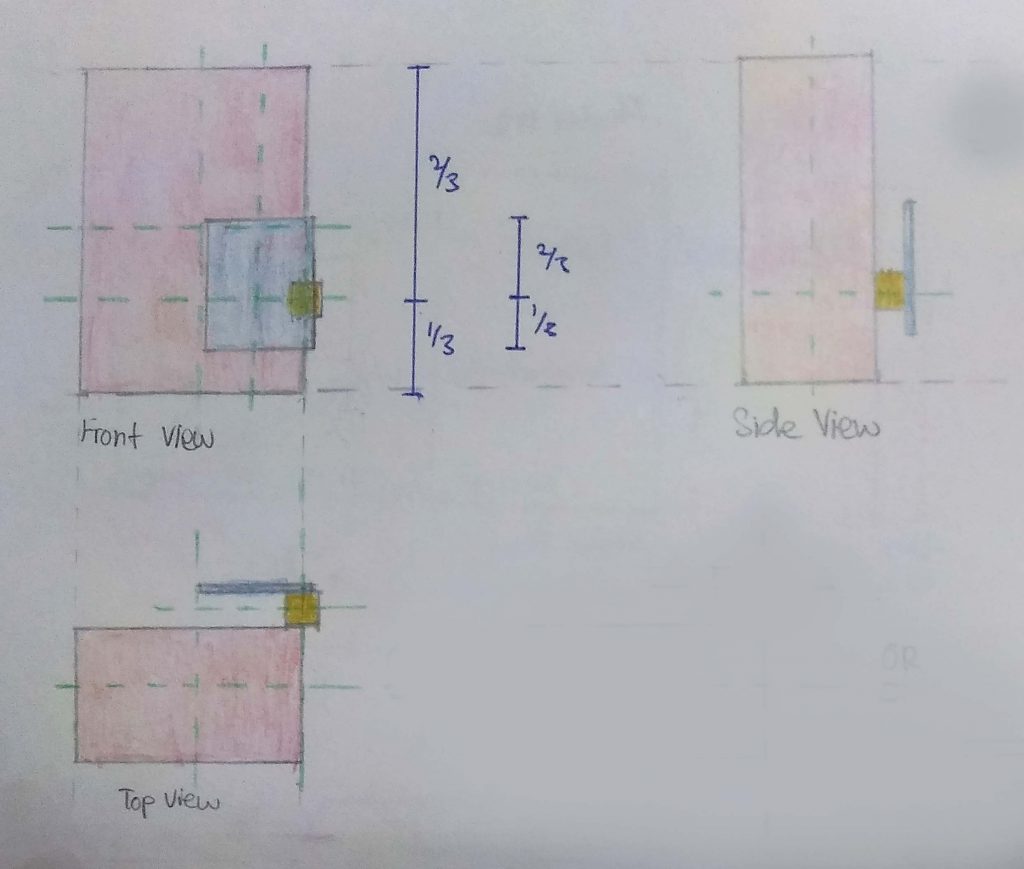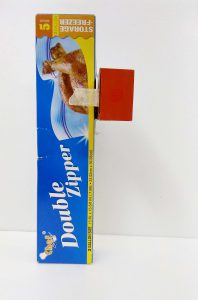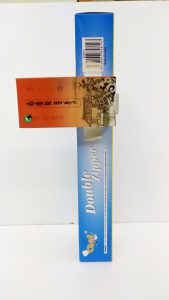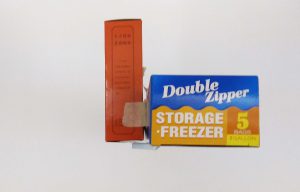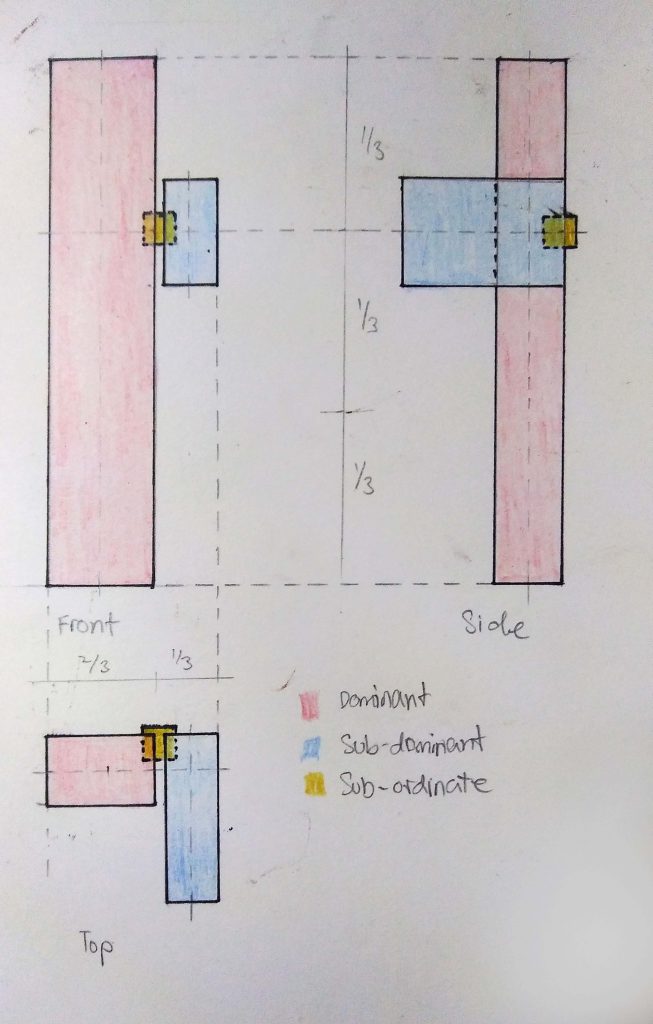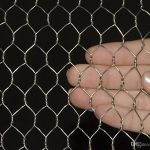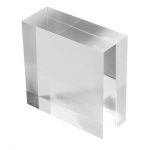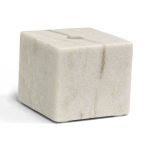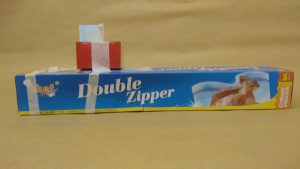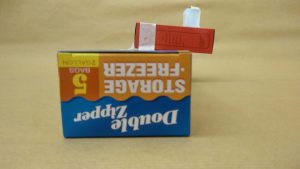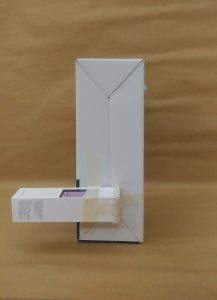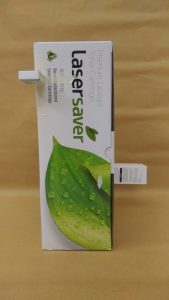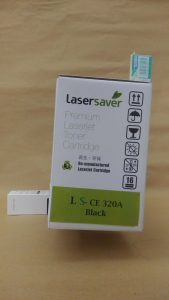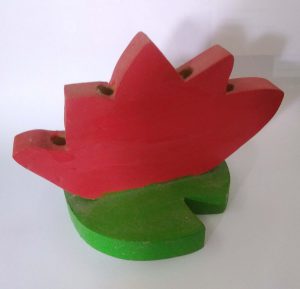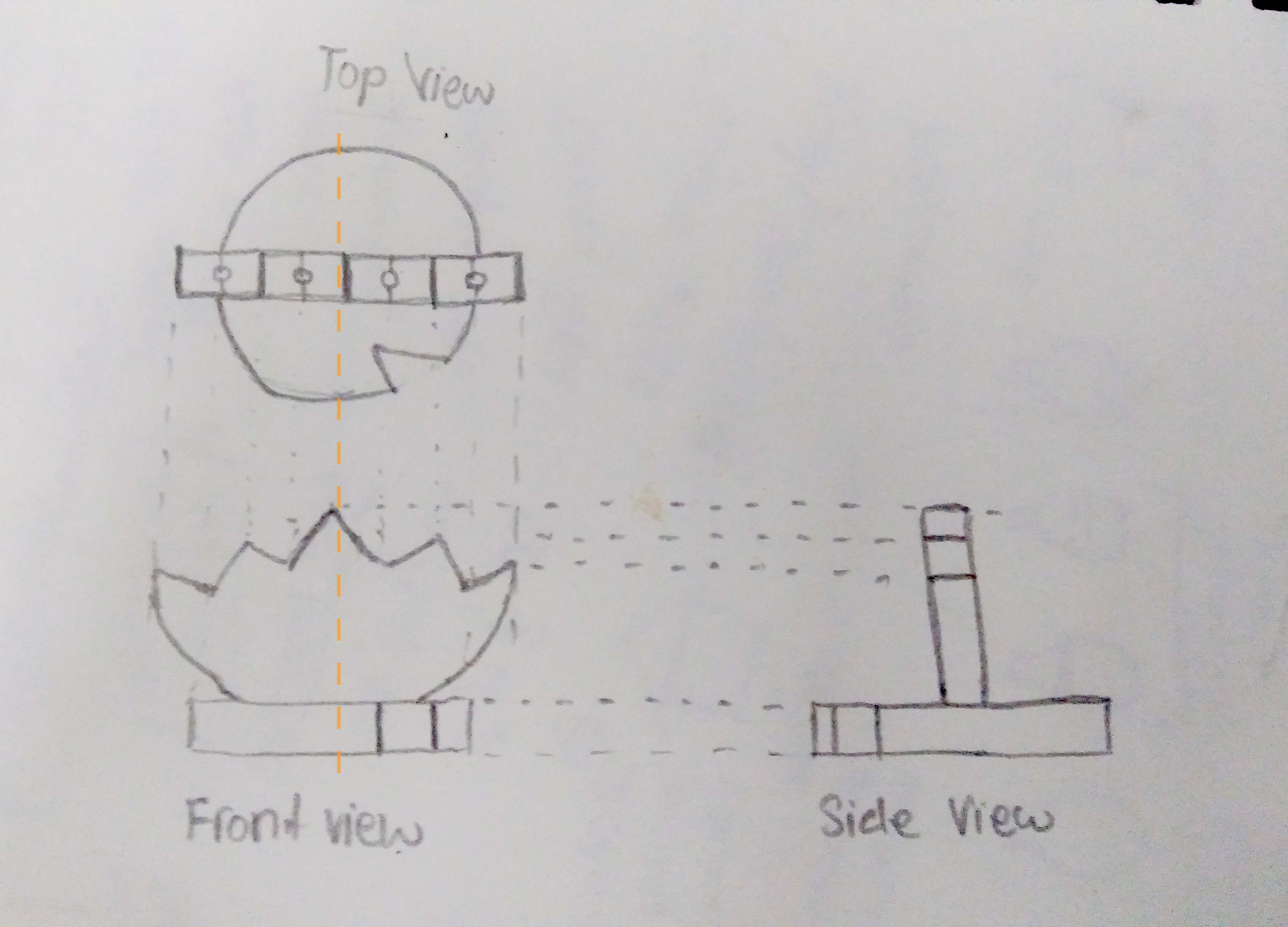Ikebana
ike, meaning ‘alive’ or ‘arrange’ and bana meaning ‘flower.’ (Fresh, FTD. 2017. )
A traditional arts from japan that is practiced for more than 600 years. It originated from the Buddhist ritual of offering flowers the spirits of the dead. By the middle of the fifteenth century, with the emergence of the first classical styles, ikebana achieved the status of an art form independent of its religious origins, though it continued to retain strong symbolic and philosophical overtones.” (“Ikebana International”. 2017)
As time passed, ikebana became a major part of traditional festivals, and ikebana exhibitions were held periodically. Rules were prescribed, and materials had to be combined in specific ways. In these early forms, a tall upright (indication of faith, to the heavens) central stem had to be accompanied by two shorter stems; the three stems represented heaven (shin), man (soe), and earth (tai). (“Ikebana International”. 2017)
Strives to create a harmony of linear construction, rhythm, and color. (“Flower Arranging | Godai Katsunaga”. 2017)
Minimalism, shape and line, form, humanity, aesthetics, and balance. (Fresh, FTD. 2017. )
Principles of Rikka arrangements
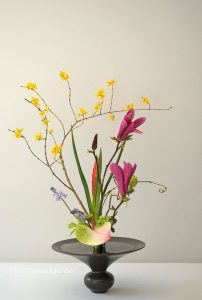
Rikka symbolized the mythical Mt.Meru of Buddhism and reflects the magnificence of nature in its display. (“Flower Arranging | Godai Katsunaga”. 2017)
- mountain peak (ryō)
- waterfall (rō)
- hill (qaku)
- valley behind the mountain (bi)
- town (shi)
- in (“shade”)
- yō (“sun”)
Moribana Style
I find that the dominant, sub-dominant and sub-ordinate is very obvious in this style.
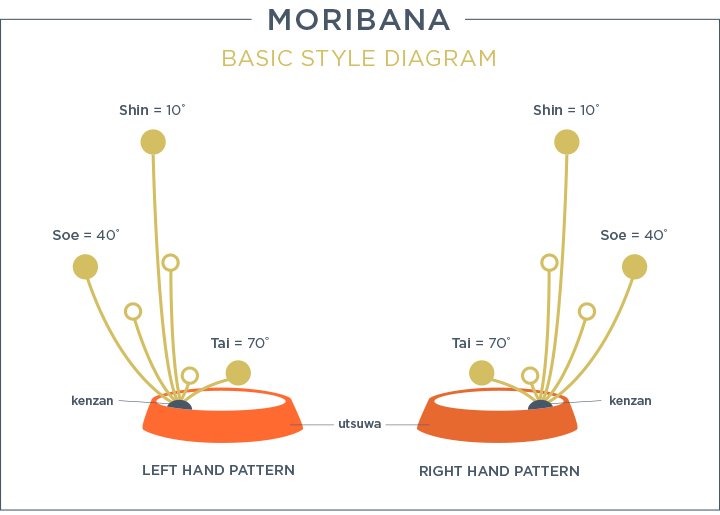

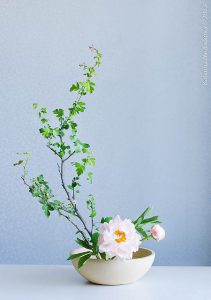
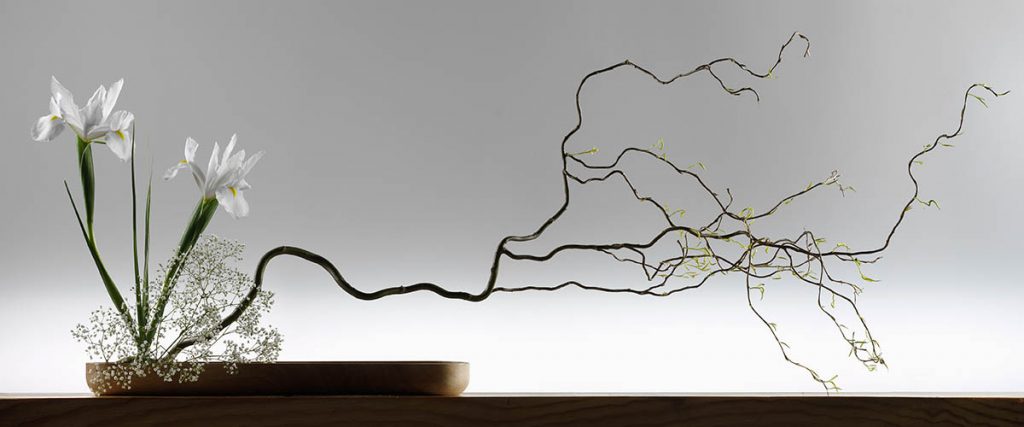
D – Branch
SD – flower stems and baby breath
SO – White Flowers
I like the Ikebana’s composition like the above ; with a branch hanging precariously to the side. It seems to defy gravity – standing with no support at all.The different direction in which they are pointing that creates a much more interesting arrangement. Also the curvy branch is in contrast to the stiffer and rigid flower stems to the left.
Spring
March – May | 5 – 20 degrees Celsius | Cherry blossom blooming
The mood board is made of images that I took from my Japan trip in Spring of 2016. (How lucky I was to picked the Spring season.) The tones during spring are very cool. The earthy pastel shades reflecting the soft and mild weather.
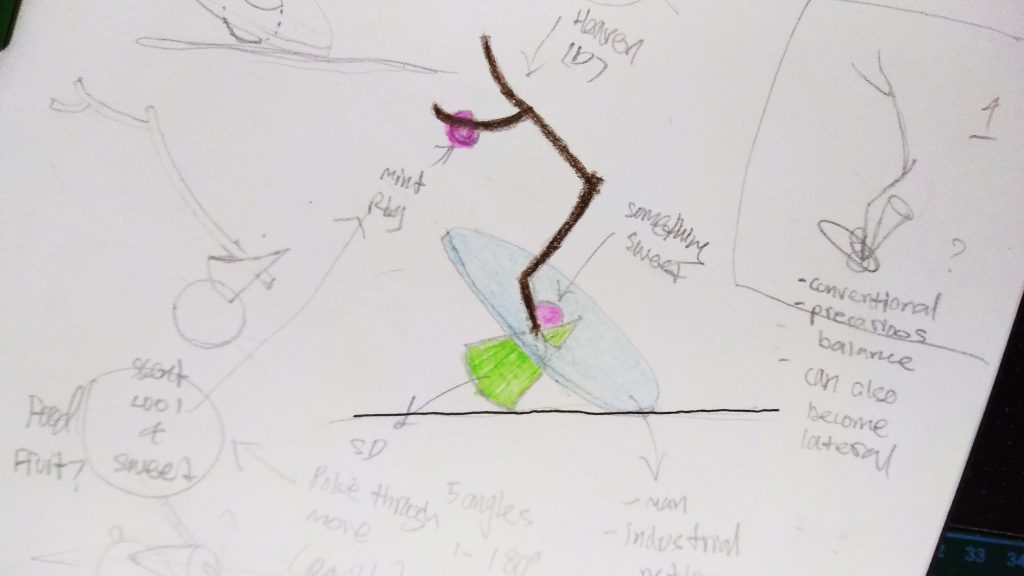
- Branch is brown obviously… (shin)
- Flat cylinder to be blue (soe); a reflection of the sky (water body, although the pond wasn’t blue at all…) and to match the colour scheme. Planning to make it out of man made material e.g. my leftover metal netting from Project Pandora or some leftover paper from FYP two years ago. Probably the blue paper because of the scene (Park) I am trying to set. Paper is man made but still natural – also related to trees.
- Green cone to represent the grass and bushes. (tai) Thinking of using a fruit or something related to the earth. But if I use a fruit (green apple) it will probably become a sphere? Then the sculpture will become more like the sketch on the right.
- Pink for the SOs as the flowers. I am thinking of using mint for the cool temperature and weather. But are there any pink mints???
- (I did the upright style in the end; the slanting style is quite difficult and I wanted to have the shin soe tai represented distinctly)
References
“Flower Arranging | Godai Katsunaga”. 2017. Godaikatsunaga.Com. http://www.godaikatsunaga.com/?page_id=195.
Fresh, FTD. 2017. “The Art Of Ikebana Flower Arranging”. FTD.Com. https://www.ftd.com/blog/design/ikebana.
“Ikebana International”. 2017. Ikebanahq.Org. http://www.ikebanahq.org/history.php.

